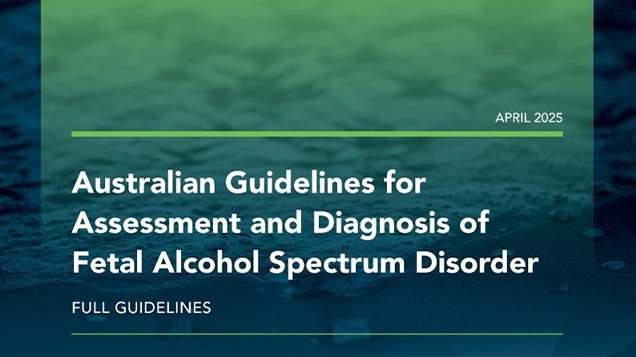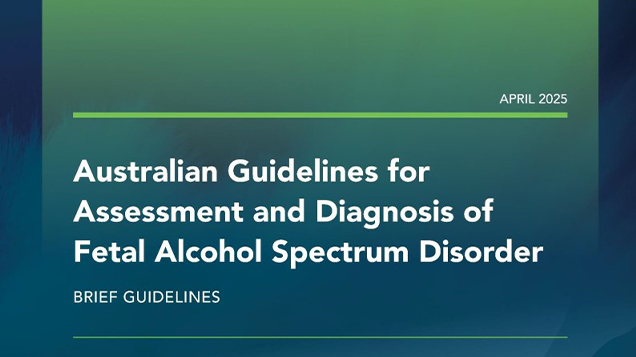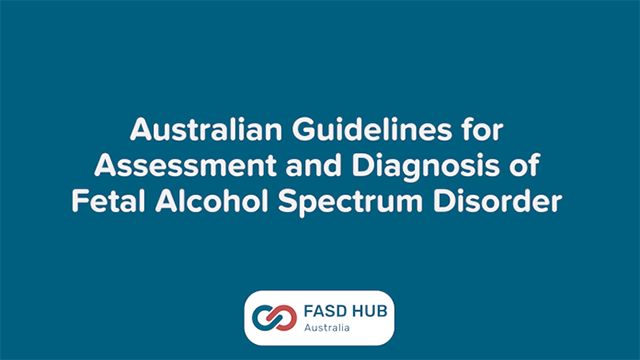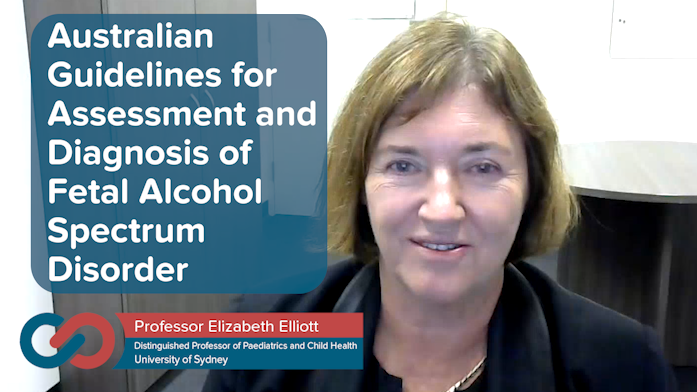The Guidelines Development Group considered including a list of standardised tests. However, feedback from the Advisory Groups highlighted several unintended adverse consequences from the previous list of example standardised tools in the 2016 Guide to Diagnosis of FASD. For example, these included inappropriate use of certain tools in certain population groups, such as First Nations Australians and some practitioners interpreting the Guide to mean that without access to the listed tools, they could not assess for FASD. These interpretations negatively impacted on the quality of assessments and service accessibility.
Additionally, standardised test versions quickly become outdated, affecting the applicability and usability of the guidelines. Assessment tools vary significantly in their availability across different settings and the ages of individuals attending for assessment. Furthermore, tests are validated only within certain populations and have limitations when used outside of these populations. It is impractical for the guidelines to cover all the available assessment tools for children of all ages, adolescents, and adults in sufficient detail to support practitioners in making informed decisions about test selection. As with all other conditions and areas of practice, it is the responsibility of practitioners to not act outside their area of expertise and seek clinical supervision when necessary.
Consequently, the Guidelines Development Group weighed up all the potential risks and benefits and decided against including a list of example tools.
Standardised tests are just one piece of information that practitioners can use, where appropriate, to inform diagnostic decision making. However, tests don’t diagnose, clinicians do.
There are no standardised tests specifically designed to detect FASD. Practitioners must select tests based on a wide variety of factors and the guidelines recommend seeking clinical supervision if practitioners lack the appropriate knowledge to make these decisions.
The Guidelines Development Group also notes that not providing a list of standardised tests is aligned with other Australian Clinical Practice Guidelines. For example, the Autism Guidelines state:
- Practitioners should consider using, but not rely solely on, standardised assessment, to support clinical decision-making in relation to referral, Assessment of Functioning, Medical Evaluation, and Diagnostic Evaluation.
- Practitioners should know what concepts are being assessed by each tool, and the extent to which they will contribute information that is relevant to the purpose of the assessment.
- Be aware of the limitations of standardised assessments from a cultural perspective, including where they have not been developed, validated, and/or normed with a population relevant to the client, and therefore may be inaccurate, misleading, invalid, and/or otherwise inappropriate.
- Practitioners should not use standardised diagnostic tests solely, or as a substitute, for clinical decision making and diagnostic formulation that considers all relevant sources of evidence.
For more information see the full guidelines document sections:
- Criterion B of the diagnostic criteria.
- Additional information section 4.3.3.
- Chapter 8: Holistic developmental, functional, and wellbeing assessment.
- Chapter 9: Holistic profile, formulation, and strengths-based pathways.
- Good Practice Statements 26, 28, 29 – 35.
- Implementation Consideration, Tool and Tip 1, 3, 16 and 17.








